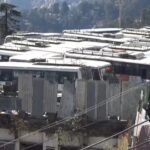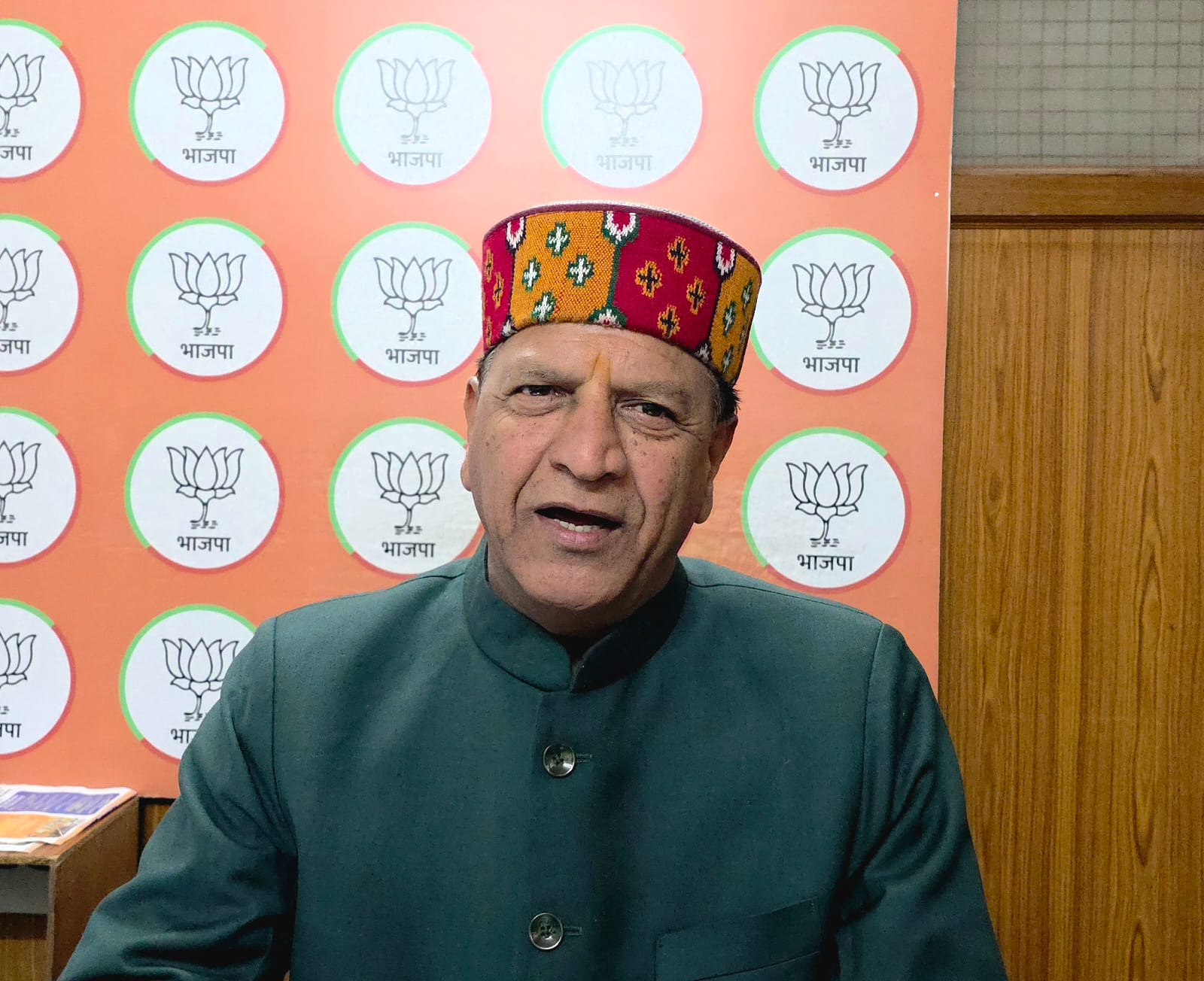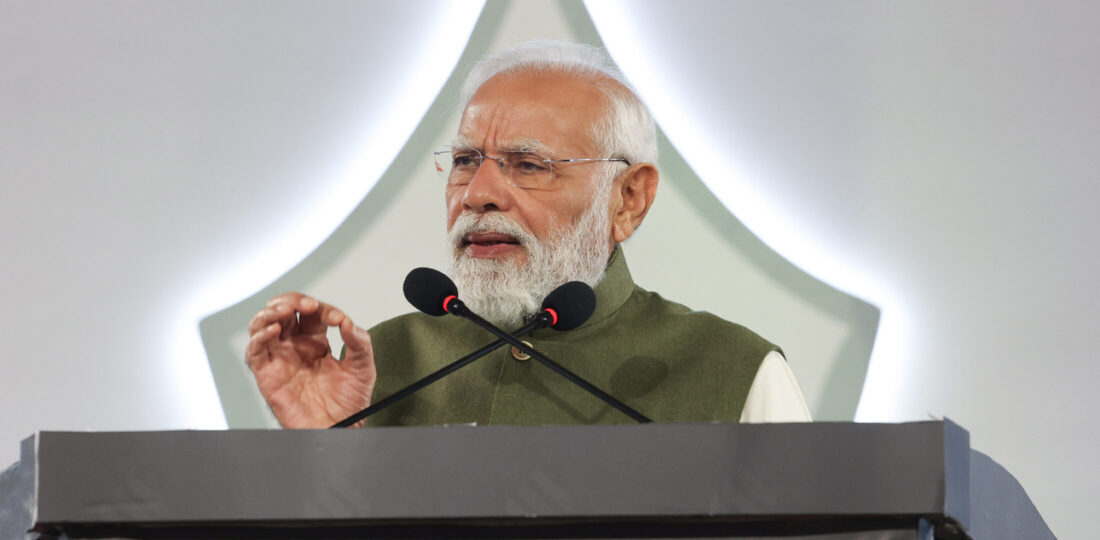The North News
Chandigarh, June 11
Despite Wednesday being a state holiday,Punjab’s power demand surged to an all-time high of 16,836 megawatts (MW), driven by extreme heat and the onset of the paddy sowing season. Punjab State Power Corporation Limited (PSPCL) officials said the utility drew over 10,243 MW from the northern grid, while its own generation stood at 6,600 MW. All state-run thermal power plants were operational, alongside hydropower stations including the four units at Ranjit Sagar Dam.
At the peak of the demand, PSPCL’s own thermal generation was recorded at 2,020 MW, private thermal plants contributed 3,192 MW, hydropower added 950 MW, and solar output was 395 MW. The spike comes just a day after Tuesday’s peak demand of 16,249 MW, which had already surpassed last year’s high of 16,089 MW recorded on June 29.
Officials warned that if the current weather pattern continues—with temperatures reaching up to 44°C—Punjab’s power demand may soon breach the 17,000 MW mark. PSPCL stated that it is prepared to respond by sourcing additional power and optimizing internal generation. On Tuesday, the state supplied 3,383 lakh units, while on Monday it had delivered 3,295 lakh units, indicating a sharp upward trend in consumption over recent days.
The surge follows an unusually cool start to June, with a sudden heatwave now gripping the region and driving demand upward sharply over the past three days.
Power infrastructure appears to be holding steady. Coal stock at government-operated thermal plants is deemed adequate: Lehra Mohabbat has 21 days’ supply, Ropar has 34, and Goindwal 28. In the private sector, Rajpura holds 31 days of coal and Talwandi Sabo 23.
Meanwhile, water levels in major reservoirs are slightly below last year’s levels. Bhakra Dam stands at 1,555.4 feet—28 feet lower than the same day last year—while Ranjit Sagar Dam’s level is 506.9 metres, marginally below last year’s 507.2 metres.
















